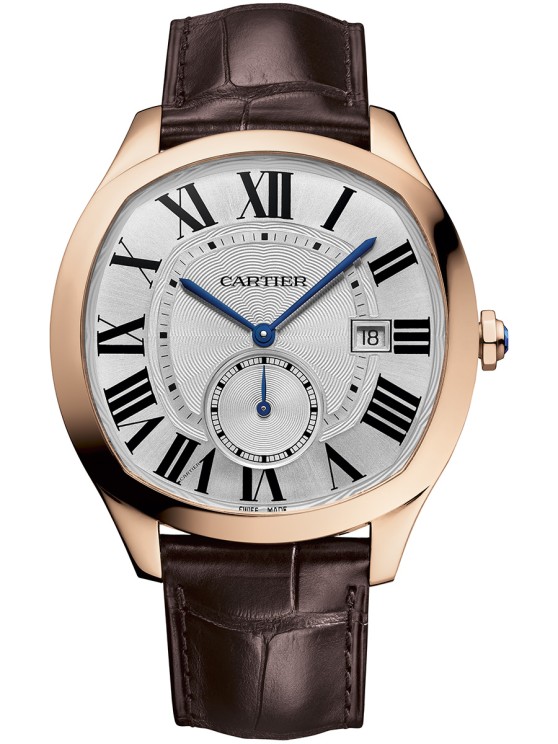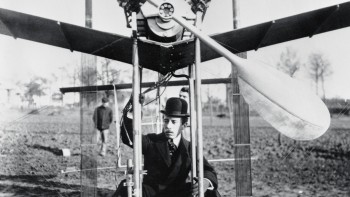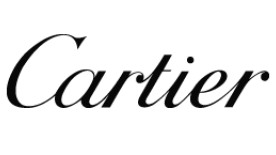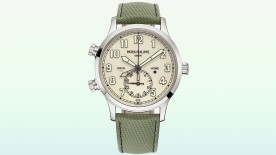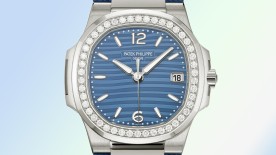When browsing Cartier's watch collections, the variety of case shapes is overwhelming. And today, Cartier can proudly claim to be the watchmaker of shaped watches thanks to one man, Louis Cartier. Known for his visionary taste and passion for square, rectangular, oval, cushion... and all sorts of unexpected geometries!
Aviator Square
It was in 1904 that Louis Cartier entered the world of watch shapes: he created the first wristwatch in the history of modern watchmaking, the Santos-Dumont. But that's not all, he dared to break away from the classic roundness of pocket watches by choosing the square shape. This innovation was created specifically for his friend and aviation pioneer, Alberto Santos-Dumont, who wanted to be able to read the time without letting go of the controls of his airplane. The watch was commercialized in 1911 and has since become a creative cornerstone of the brand.
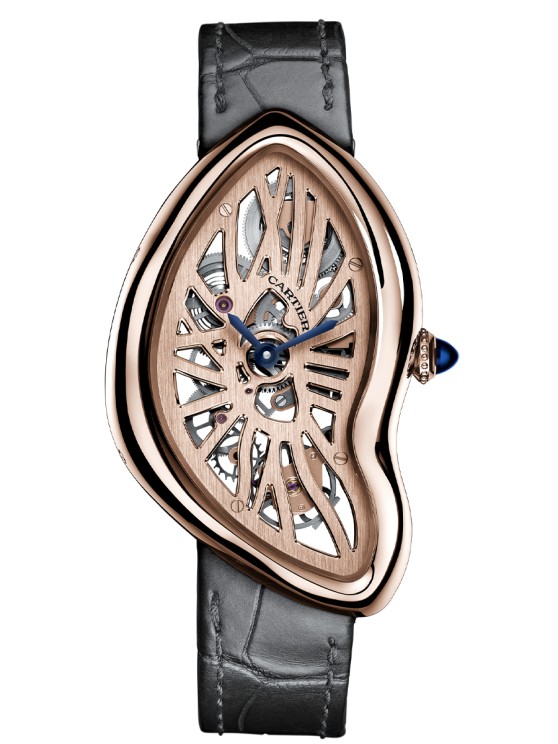
"Tonneau" in the Style of Tortue
Just a year later, in 1912, Louis Cartier set his eyes on a new shape, a kind of arc or barrel shape halfway between square and round. This geometry gave birth to the Tortue watch. The two curved lines symbolize the shape of the animal's shell. Louis Cartier's creativity captivated the public: in 1915, the Tortue and Santos models were the two most requested in the brand's stores.
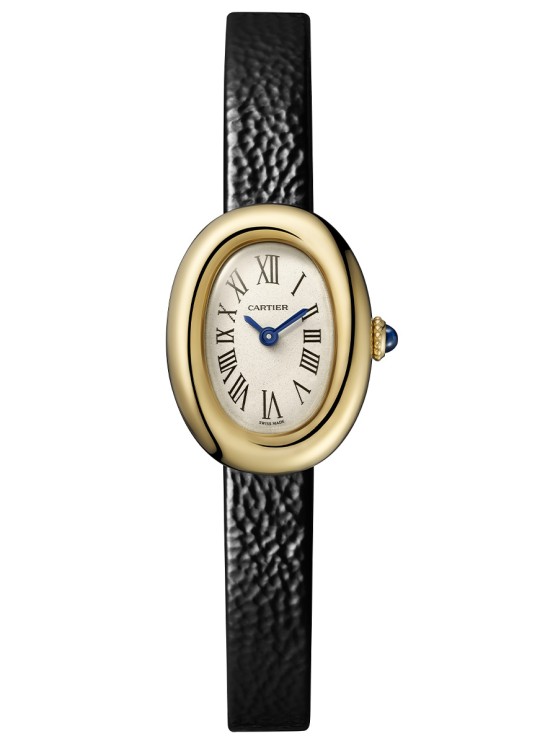
Oval Inspiration
1912 was indeed a remarkable year for Cartier… It was also during this year that the Baignoire, which hadn't yet been named, and its legendary oval shape, were created. It wasn't until 1973 that it was officially named Baignoire, continuing to evolve with its time. Its oval shape elongated, was made in different sizes, and recently, it was mounted on a bangle-type bracelet. Worn by different generations, the Baignoire remains one of the house’s defining models.
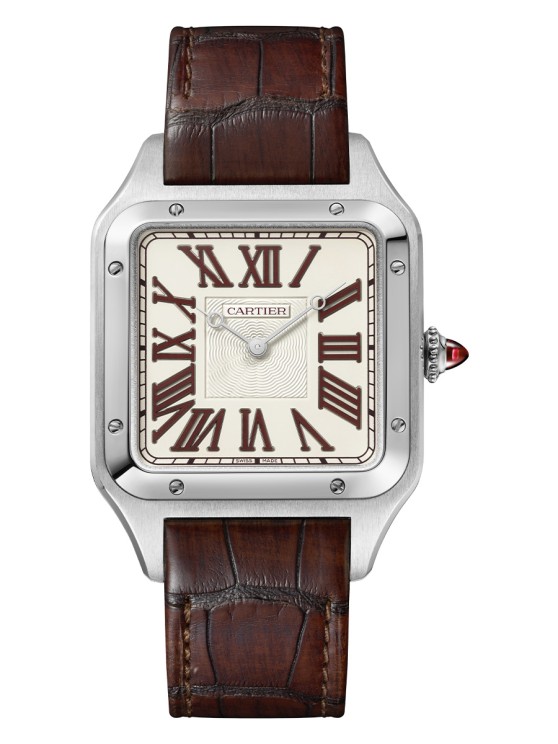
Happy Accident
The famous oval of the Baignoire inspired the improbable lines of the Crash, whose story began in 1967. At that time, a customer reportedly brought his crushed watch to Cartier's London boutique for repair. The brand, and particularly Jean-Jacques Cartier, Louis Cartier's nephew and then head of Cartier London, was so taken by the new shape formed by the accident that they decided to reproduce it as is. Born in the heart of Swinging London, the Crash watch embodies the spirit of the era’s excitement and uniqueness. It crystallizes the meeting of the great watchmaker of shapes and a joyful, rebellious, and pop movement that challenges conventions.
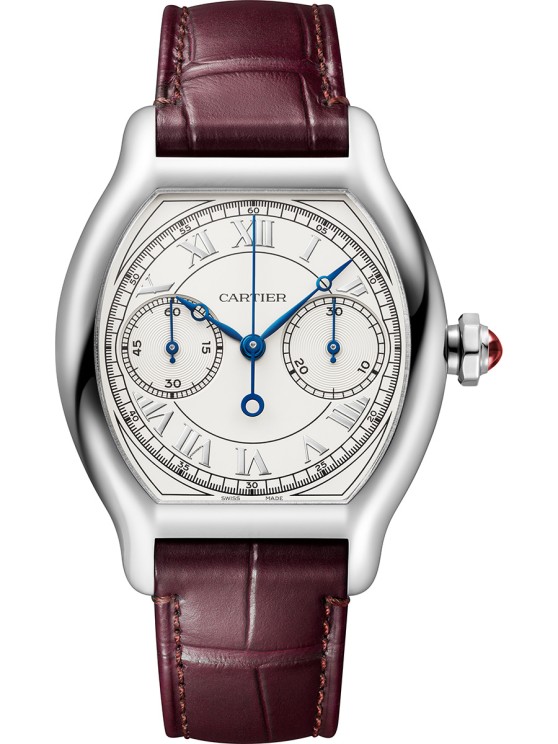
The Curves of the Drive
The most recent of Cartier’s shapes was born in 2016 with the Drive, which draws inspiration from automotive lines. A curved square, recognized as a cushion shape. In other words, a square on the verge of transforming into a circle. A geometry in transition, opening new horizons for Cartier, which demonstrates its determination to maintain its position as the watchmaker of shaped watches.
